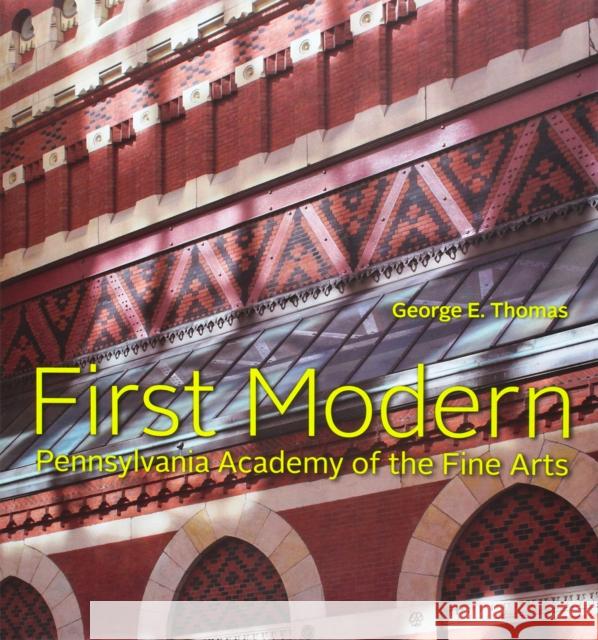First Modern: Pennsylvania Academy of the Fine Arts » książka
First Modern: Pennsylvania Academy of the Fine Arts
ISBN-13: 9780943836430 / Angielski / Twarda / 2017 / 120 str.
From the Crystal Palace to the skyscraper and on to the functional aesthetic of the German Bauhaus, the development of modern architecture required less than seven decades. Philadelphia's Pennsylvania Academy of the Fine Arts warrants a central place in this narrative. Unlike the earlier buildings that made fragmentary and disconnected use of the latest industrial materials and systems, the Academy project combined the critical elements of modern logistical planning--steel and iron construction and modern plumbing, heating, and ventilation systems designed to serve a workplace and a school--with the architectural expression of the age. Moreover, rather than seeking to reify the past, architects Furness & Hewitt had chosen the most dynamic of modern forces, the machine, as both inspiration and ornament. Instead of being based on the rearview mirror, the new Academy, opened in 1876, looked to the present and the future. This created a civic museum and school building whose expressive style referenced both its updated purpose and a novel attitude toward history. The Academy's machine for making art can rightly be termed the first modern building.











